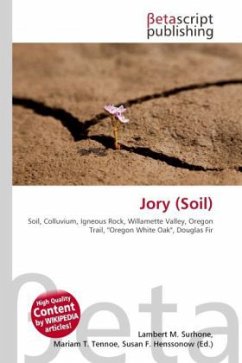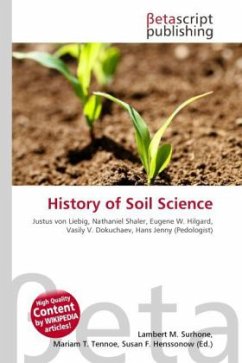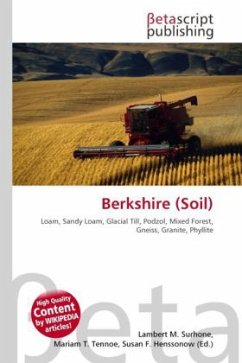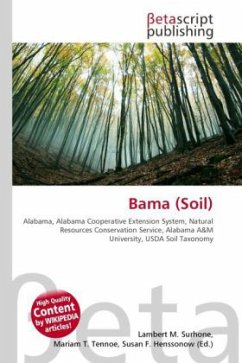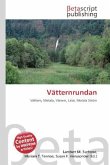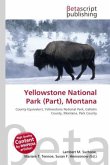High Quality Content by WIKIPEDIA articles! High Quality Content by WIKIPEDIA articles! The Jory series consists of very deep, well-drained soils that formed in colluvium derived from basic igneous rock. These soils are in the foothills surrounding the Willamette Valley. They have been mapped on more than 300,000 acres (1,200 km2) in western Oregon. They are named after Jory Hill, Marion County, Oregon, which itself is named for the Jory family, who settled in the area in 1852, after traveling along the Oregon Trail. Surface layer: organic material. Subsurface layer: dark reddish brown silty clay loam. Subsoil - upper: dark reddish brown clay. Subsoil - lower: red clay. Jory soils generally support forest vegetation, dominantly Douglas fir and Oregon white oak. They are very productive forest soils. Many areas have been cleared and are used for agricultural crops. The Jory soils and the climate of the Willamette Valley provide an ideal setting for the production of many crops, including Christmas trees, various berries, filberts (hazelnuts), sweet corn, wheat, and many varieties of grass seed.

